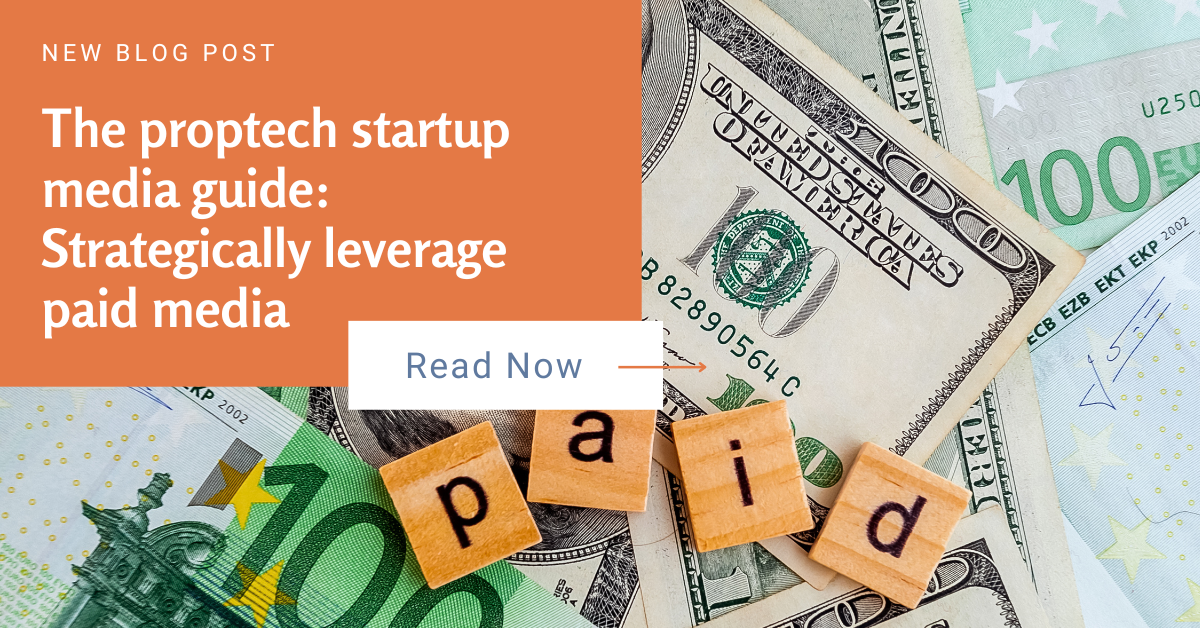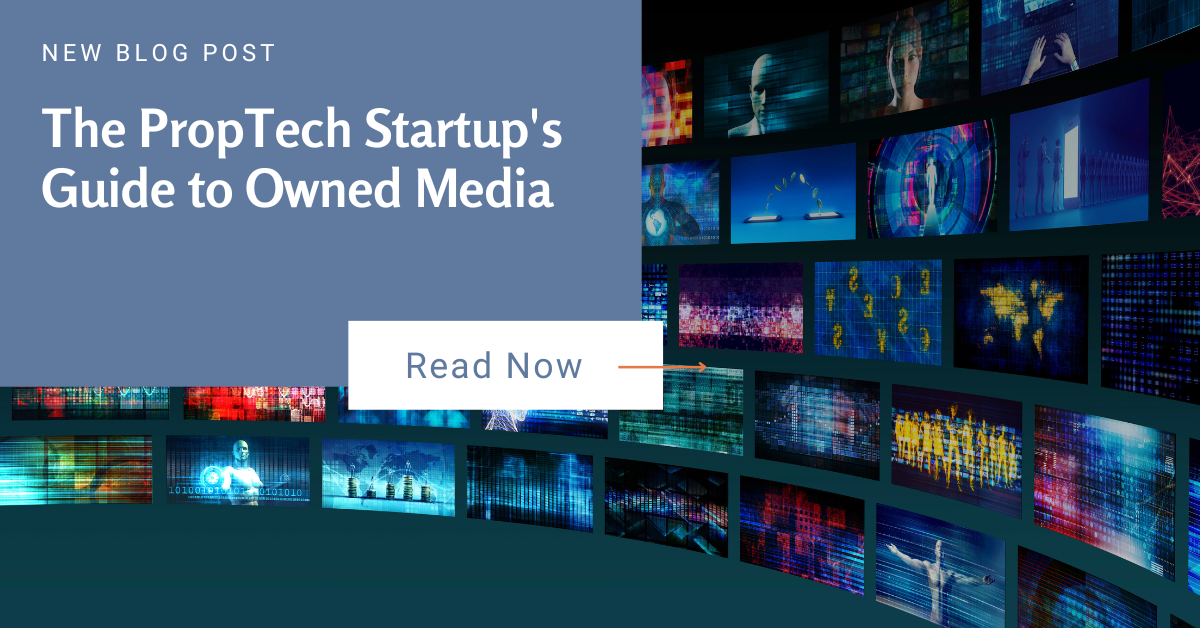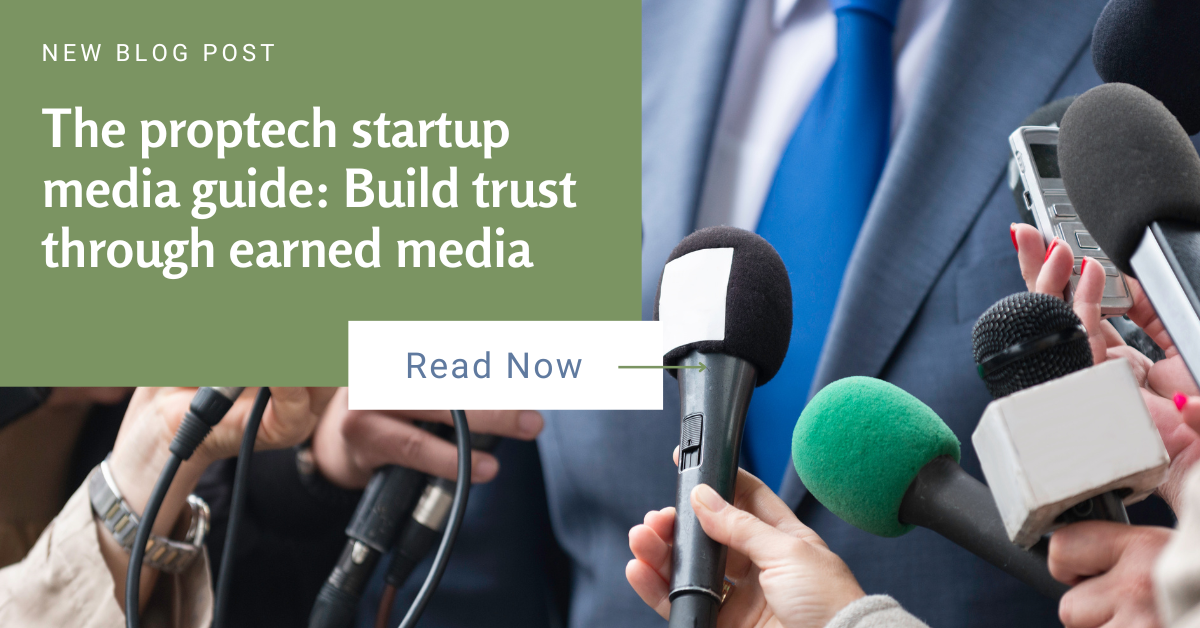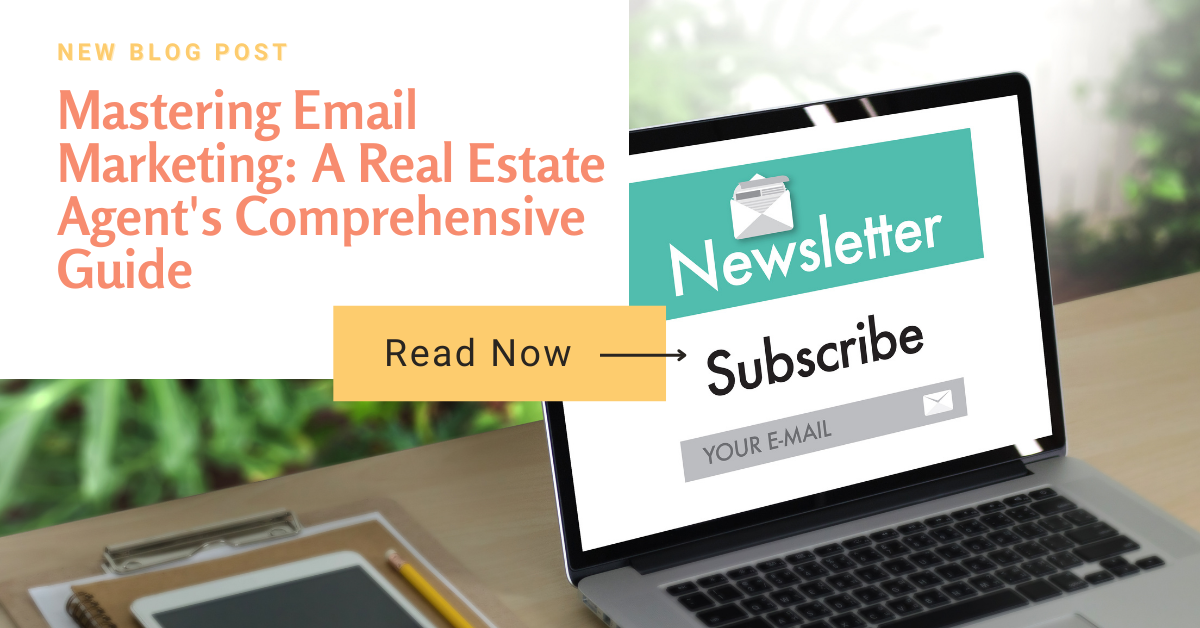The proptech startup media guide: Strategically leverage paid media

For proptech startups navigating the competitive real estate technology landscape, paid media offers a powerful way to gain visibility quickly. However, it’s also where many startups make costly mistakes that can drain limited resources without delivering sustainable results.
Whether you’re launching a new property management platform, a virtual tour solution or an investment analytics tool, this guide will help you understand when, where and how to invest in paid media — and perhaps more importantly, when to exercise restraint.and delete this default text and start typing your own or paste your own from a different source.
What is paid media?
Paid media refers to any form of marketing that requires direct payment to place your content in front of your target audience. Unlike owned media (which you control) or earned media (which others create about you), paid media is essentially renting attention through established channels.
In the proptech space, this includes:
- Search engine advertising (Google Ads, Bing Ads)
- Social media advertising (LinkedIn, Facebook, Instagram, Twitter)
- Display advertising on real estate or business websites
- Sponsored content in industry publications
- Native advertising that blends with editorial content
- Video advertising on platforms like YouTube
- Retargeting campaigns that follow users across the web
What sets paid media apart is its ability to deliver immediate results. While your blog posts might take months to rank organically and earned media depends on relationships that develop over time, paid media can start driving traffic the moment your campaign goes live.
Why paid media matters for proptech startups
The real estate industry has traditionally been slow to adopt new technologies, making it particularly challenging for proptech startups to gain traction. Here’s why paid media deserves consideration as part of your marketing mix:
Speed to market: When you’re launching a new proptech solution, paid media can help you quickly reach decision-makers in real estate who might otherwise take months or years to discover you organically.
Precise targeting: Modern ad platforms allow you to target specific roles within the real estate industry — from property managers and real estate agents to developers and investors — with remarkable precision.
Scalability: Once you find campaign structures that work, you can often scale your budget to reach larger audiences while maintaining efficiency.
Testing ground: Paid media provides a rapid feedback loop that allows you to test different messaging, value propositions and audience segments before investing heavily in longer-term strategies.
Competitive necessity: In competitive proptech categories like property management software or investment platforms, your competitors are likely already using paid channels to reach your potential customers.
Types of paid media for proptech companies
Not all paid media channels work equally well for proptech. Let’s explore the most effective options for real estate technology companies:
Search engine marketing (SEM)
Google and Bing ads allow you to capture high-intent prospects actively searching for solutions like yours.
Example: A property inspection startup might bid on terms like “property inspection software,” “maintenance reporting app,” or “rental inspection tool” to reach property managers looking to streamline their inspection processes.
Best for: Proptech solutions addressing well-established problems where prospects are already searching for solutions.
Tips:
- Focus on specific long-tail keywords that indicate high purchase intent
- Create separate campaigns for different user personas (property managers vs. agents vs. investors)
- Use ad extensions to showcase unique features of your proptech solution
- Create dedicated landing pages for each major feature or use case
- LinkedIn advertising
- LinkedIn’s professional targeting makes it ideal for B2B proptech companies selling to real estate professionals.
Example: A commercial real estate analytics platform could target professionals with titles like “Commercial Real Estate Investment Manager,” “Asset Manager,” or “Portfolio Analyst” at specific types of firms.
Best for: Enterprise or mid-market proptech solutions with higher price points and longer sales cycles.
Tips:
- Target by job function, seniority, company size and industry
- Use Sponsored Content for thought leadership pieces that establish credibility
- Message Ads (InMail) can reach decision-makers directly
Facebook and Instagram advertising
While often overlooked for B2B proptech, these platforms can be effective for reaching certain segments of the real estate market.
Example: A virtual staging app could use Instagram’s visual nature to showcase dramatic before-and-after images of virtually staged properties, targeting real estate agents and brokers.
Best for: Proptech solutions aimed at real estate agents, residential property managers or consumer-facing real estate technology.
Tips:
- Use detailed targeting to reach real estate professionals and enthusiasts
- Create visually compelling content that demonstrates your technology in action
- Utilize Facebook’s remarketing capabilities to nurture prospects who’ve visited your site
- Test video content showcasing your technology solving real problems
Industry publication sponsorships
Sponsored content in real estate and technology publications provides access to highly relevant audiences.
Example: A smart building platform might sponsor a series on “The Future of Property Management” in a commercial real estate publication, positioning themselves as thought leaders in the space.
Best for: Establishing credibility and thought leadership in specific proptech niches.
Tips:
- Choose publications that reach your specific audience segment (commercial vs. residential, agents vs. property managers)
- Focus on providing value rather than explicitly selling
- Include case studies that demonstrate concrete ROI
Retargeting campaigns
Retargeting allows you to stay top-of-mind with prospects who have shown interest but haven’t converted.
Example: A rental property management software could retarget website visitors with ads highlighting specific features like automated rent collection or maintenance request management based on which pages they visited.
Best for: Nurturing prospects through a longer decision process, which is common in real estate technology adoption.
Tips:
- Segment your retargeting based on how visitors interacted with your site
- Create sequential messaging that addresses different objections over time
- Set frequency caps to avoid creating ad fatigue
- Exclude current customers to avoid wasting ad spend
Building a paid media strategy for proptech success
Creating an effective paid media strategy requires careful planning and execution. Here’s a step-by-step approach:
1. Define clear objectives
Before spending a single dollar, clearly define what success looks like:
- Are you looking to generate immediate leads for your sales team?
- Building brand awareness in a new market segment?
- Driving product sign-ups or free trials?
- Supporting a product launch or new feature release?
Action item: Set specific, measurable goals for each paid campaign. For example: “Generate 50 qualified demo requests from commercial property managers in the Northeast at a cost per lead under $200.”
2. Understand the economics
For proptech startups, understanding your customer acquisition costs relative to customer lifetime value is critical. A good ratio is typically 3:1 or higher. In other words, for every $1 spent on acquiring a customer, you should ideally generate $3 or more in customer lifetime value.
Action item: Calculate the maximum you can spend to acquire a customer while maintaining healthy economics. Consider:
- Your average contract value
- Typical customer lifetime
- Customer success costs
- Renewal rates
- Expansion revenue
3. Start small and test test test
Rather than spreading your budget thinly across multiple channels, start with one or two channels and test thoroughly.
Action item: Create a testing matrix that systematically evaluates:
- Different audience segments (e.g., property managers of varying portfolio sizes)
- Value propositions (efficiency gains vs. cost savings vs. revenue enhancement)
- Ad formats (text, image, video, carousel)
- Landing page variations
4. Implement proper tracking
Accurate measurement is essential for optimizing your campaigns.
Action item: Set up comprehensive tracking, including:
- Conversion tracking on all campaigns: Google Analytics and Google Tag Manager are free tools that will assist you in this.
- UTM parameters for all paid traffic: Google’s Campaign URL Builder is a wonderful free tool for building UTM links.
- CRM integration to track leads through the sales funnel: Hubspot has a free version of their CRM that you can start with.
- Post-conversion tracking to measure quality, not just quantity: Use Google Analytics Goals to set up goals to measure specific user behavior after conversion. This is a great resource to use when setting up your goals.
5. Optimize for quality, not just quantity
In proptech, not all leads are created equal. A handful of enterprise clients might be worth more than dozens of small operators.
Action item: Define what a quality lead looks like for your business (company size, role, use case) and optimize your campaigns toward these attributes, not just raw lead volume.
Maximizing ROI on a startup budget
Proptech startups often need to be especially careful with marketing budgets. Here are strategies to make the most of limited resources:
Focus on high-intent channels first
Start with channels where users are actively looking for solutions like yours. Search ads typically convert better than awareness-focused display or social ads.
Example: A proptech startup offering rental application and screening tools might start with Google Ads targeting property managers searching for “tenant screening software” before expanding to broader awareness campaigns.
Leverage platform-specific advantages
Each advertising platform has unique capabilities that can stretch your budget further.
LinkedIn tip: Use LinkedIn’s account targeting to focus exclusively on your ideal customer profile companies, eliminating waste.
Google tip: Use Remarketing Lists to bid more aggressively on past visitors who are now searching for relevant terms.
Facebook tip: Create lookalike audiences based on your best customers to find similar prospects at scale.
Continuous creative refreshment
Ad fatigue happens quickly, especially in niche B2B sectors like proptech. Regularly update your creative to maintain performance.
Action item: Develop a creative calendar that ensures new ad variations are tested at least monthly, with more substantial refreshes quarterly.
Scheduling
Most B2B proptech decisions aren’t made on evenings or weekends. Schedule your ads to run during business hours to maximize efficiency.
Action item: Analyze when your leads typically come in and adjust your ad scheduling accordingly, potentially reducing wasted spend by 20 percent to 30 percent.
Don’t become addicted to paid media
To prevent becoming overly dependent on paid channels:
- Maintain balanced investment: Allocate resources between paid, owned and earned media, with paid never exceeding 40 percent to 50 percent of your marketing mix.
- Focus on retention: Invest in customer success to extend customer lifetime and improve unit economics.
- Develop other channels: Build referral programs, event sponsorships, partner networks and content marketing to reduce reliance on paid acquisition.
Your paid media checklist for proptech success
As you develop your paid media strategy, keep this checklist handy:
- Define clear objectives that align with your business goals
- Calculate your acceptable customer acquisition cost based on lifetime value
- Identify one or two initial channels most relevant to your target audience
- Implement comprehensive tracking across platforms
- Create a structured testing plan for audiences, messaging and creative
- Establish a regular review cadence to evaluate performance
- Set clear thresholds for scaling up or pulling back spend
- Develop complementary organic and partnership channels
- Monitor unit economics closely as you scale
- Refresh creative and messaging at least monthly
Conclusion: Finding the right balance
Paid media is neither a silver bullet nor something to avoid entirely. For proptech startups, it’s most effective when used strategically as part of a balanced marketing ecosystem. It can accelerate growth when you’ve found product-market fit, help you break into new market segments, and amplify your best content and offers.
The key is approaching paid media with clear objectives and rigorous measurement. By avoiding over-reliance on paid channels and continuously developing your owned and earned media, you’ll build a more resilient marketing engine that can weather market fluctuations and competitive pressures.
Remember, the most successful proptech companies don’t just buy growth — they earn it by creating genuine value for their customers and effectively communicating that value through multiple complementary channels.
Stay tuned for future articles where we’ll dive deeper into specific tactics for integrating your paid, owned and earned media strategies into a cohesive whole that drives sustainable proptech growth.
Be sure to read all 3 blogs in the guide on Owned, Earned and Paid Media for Proptechs:
The Be Inspired Blog







